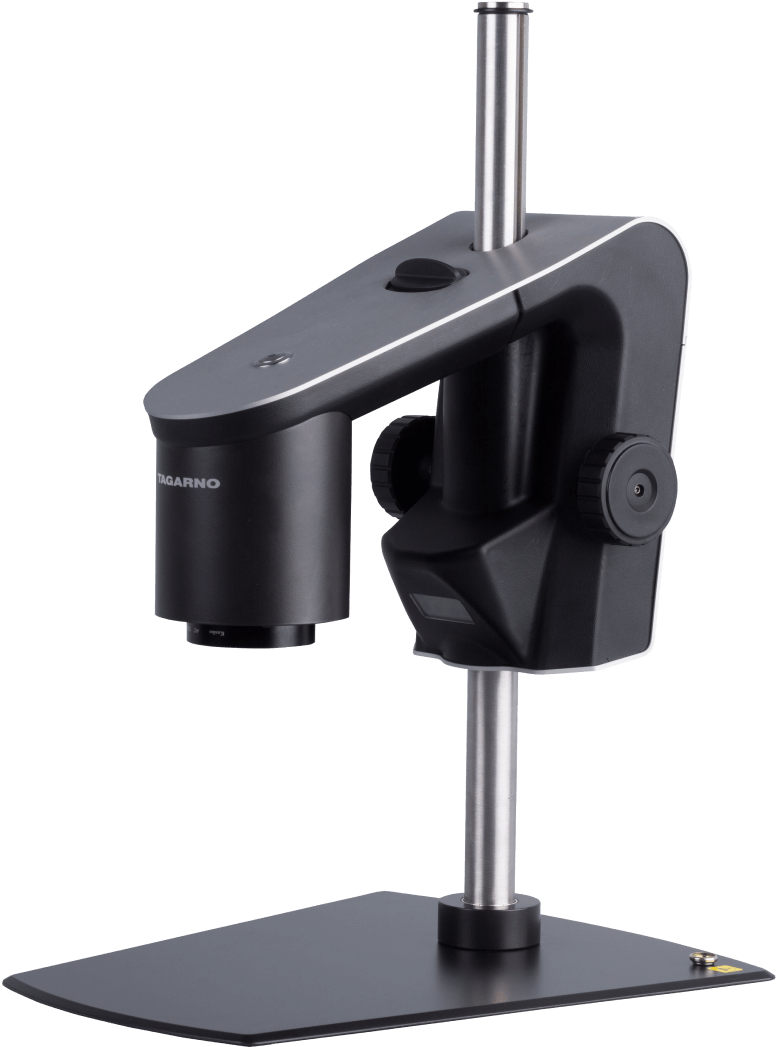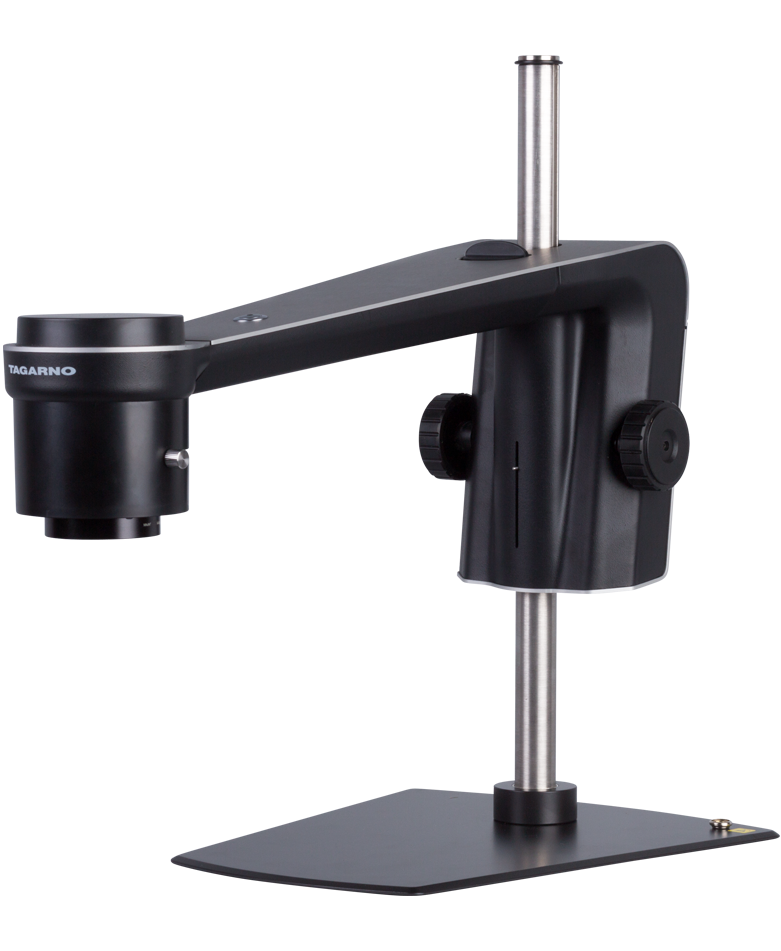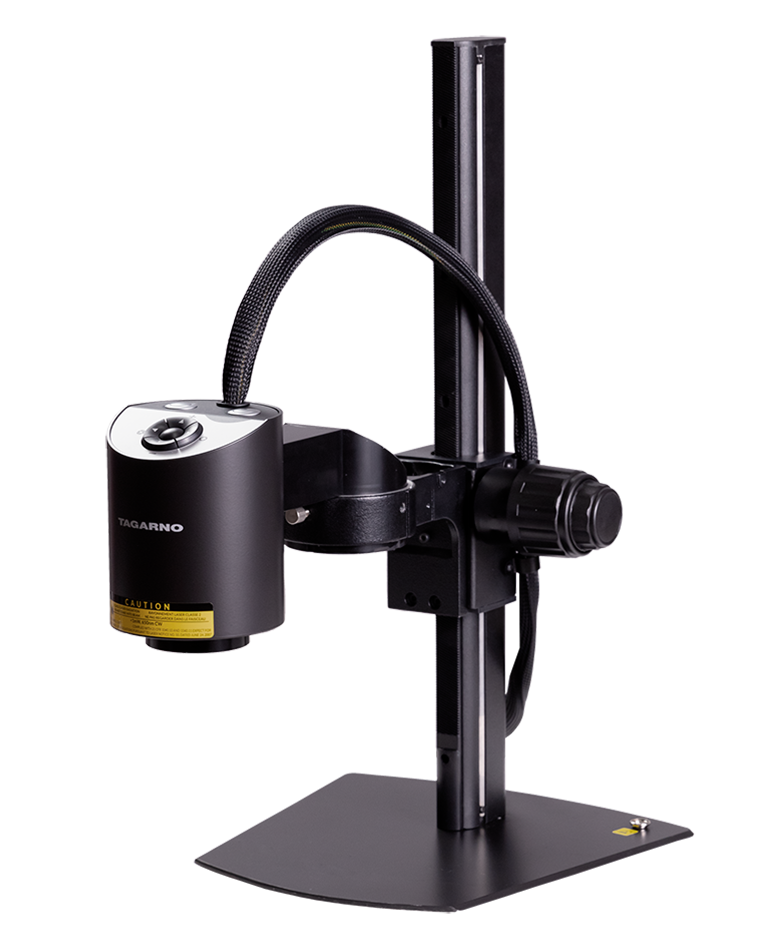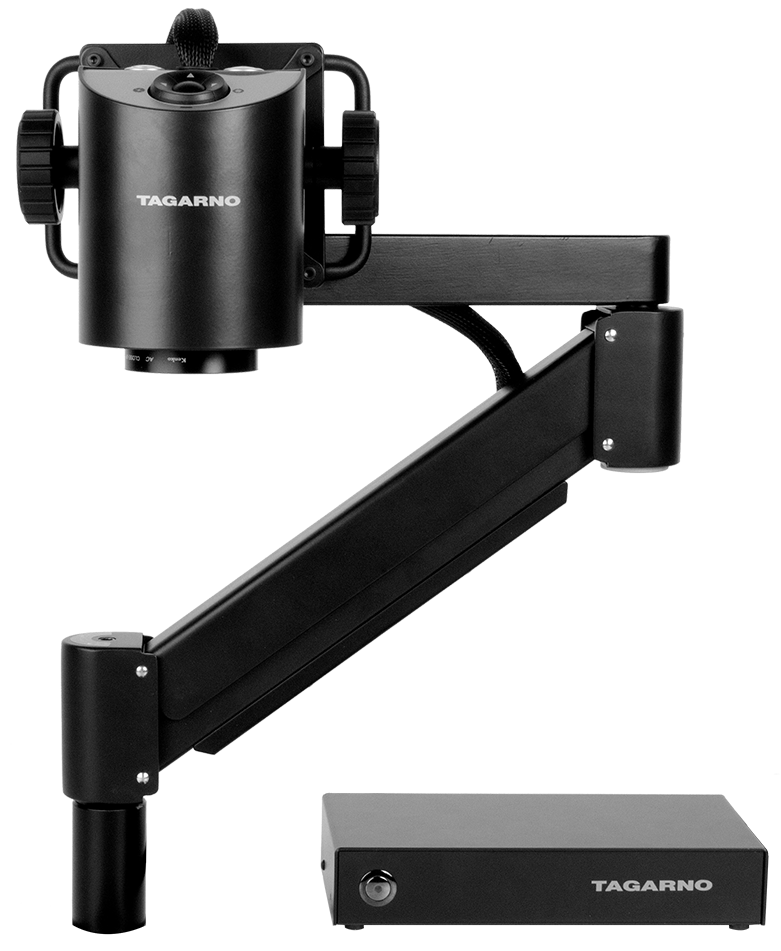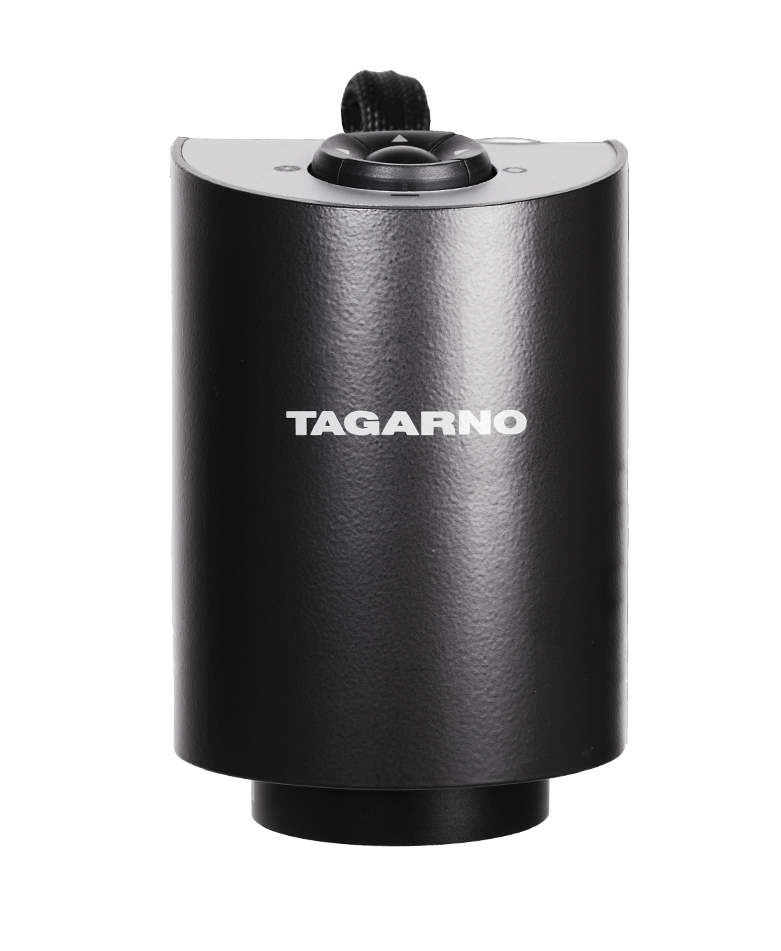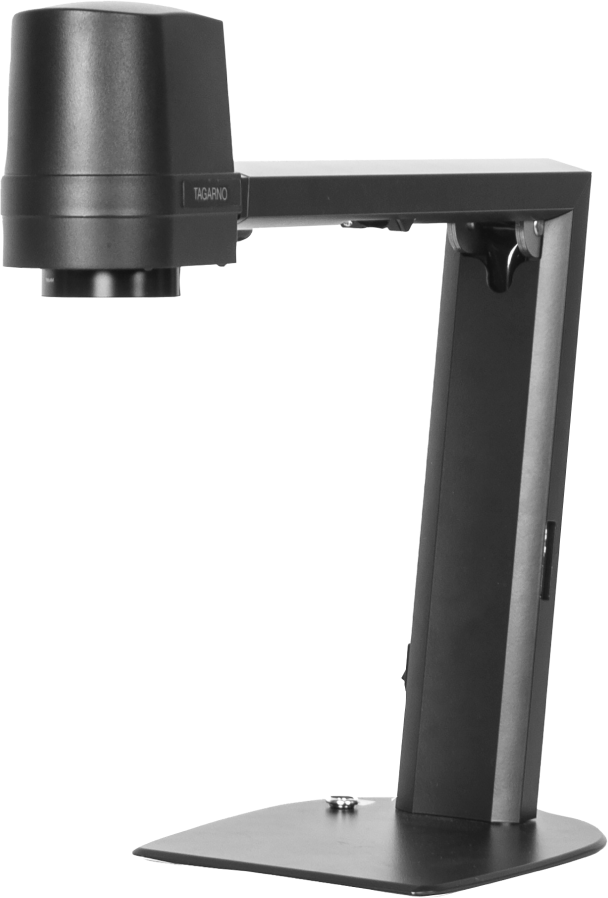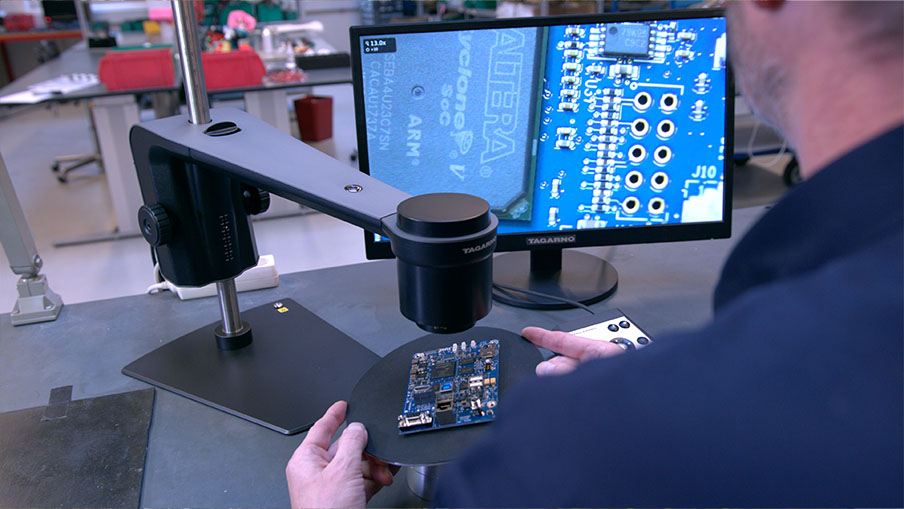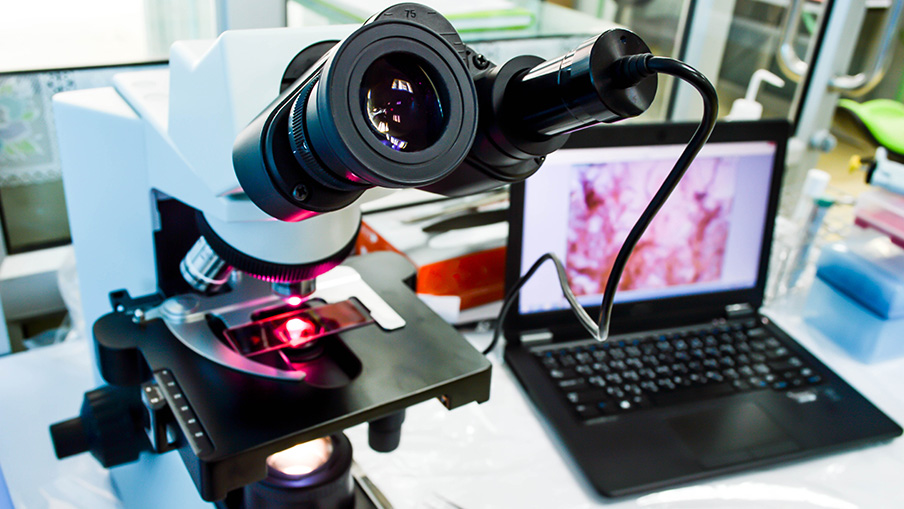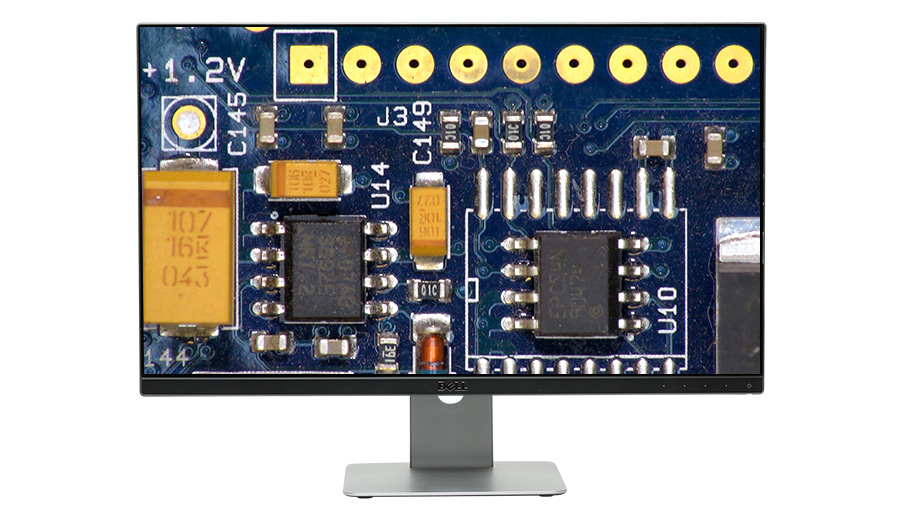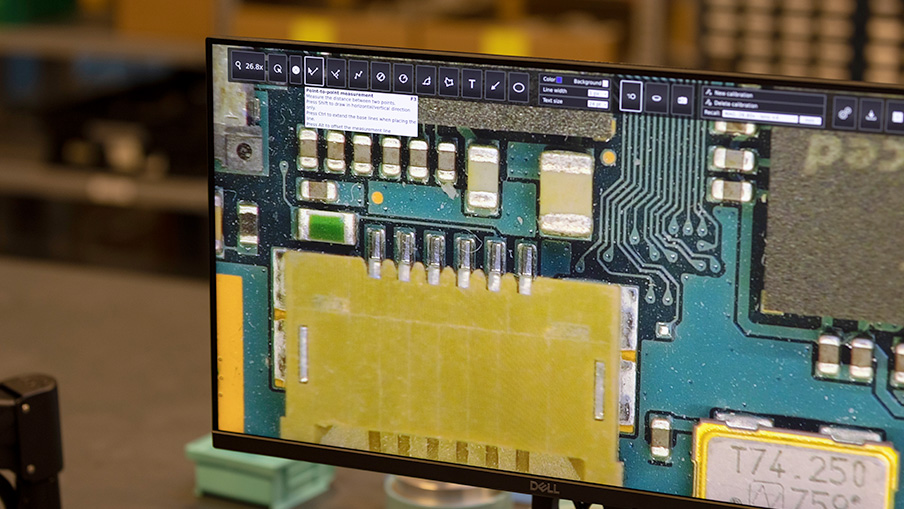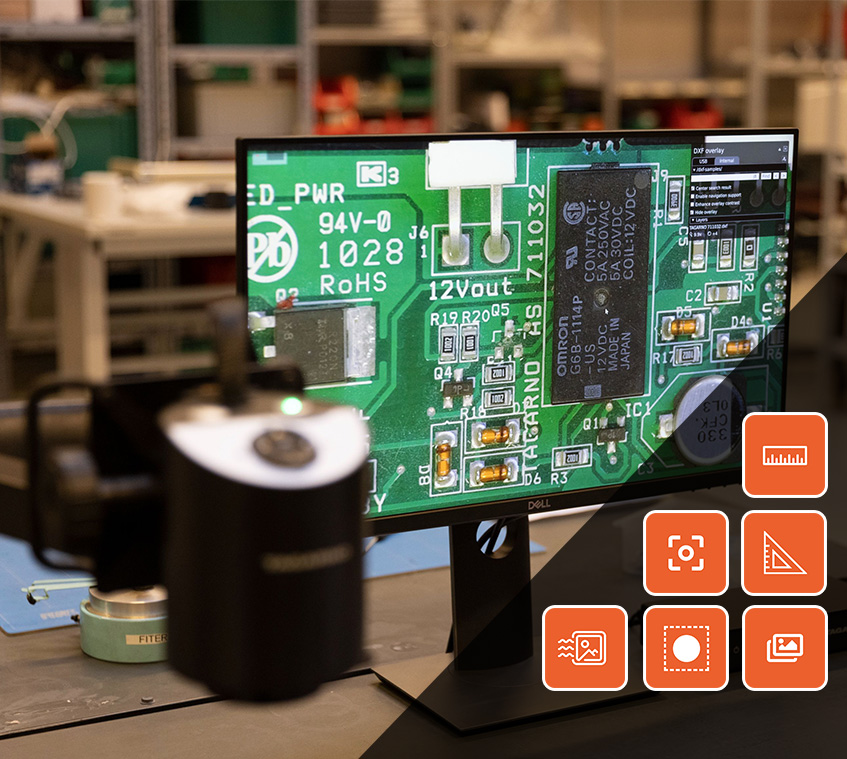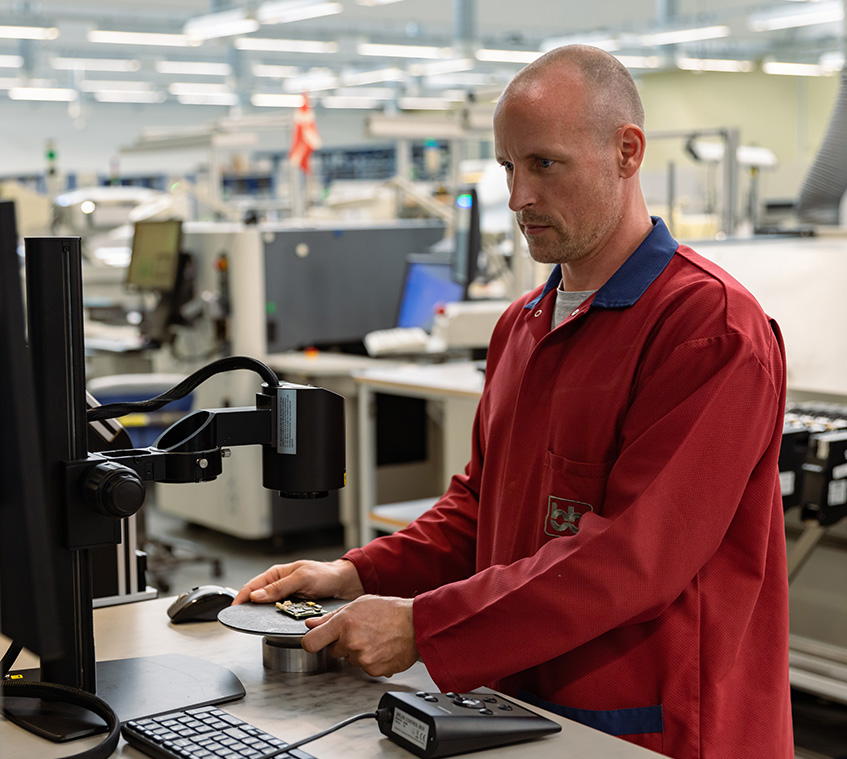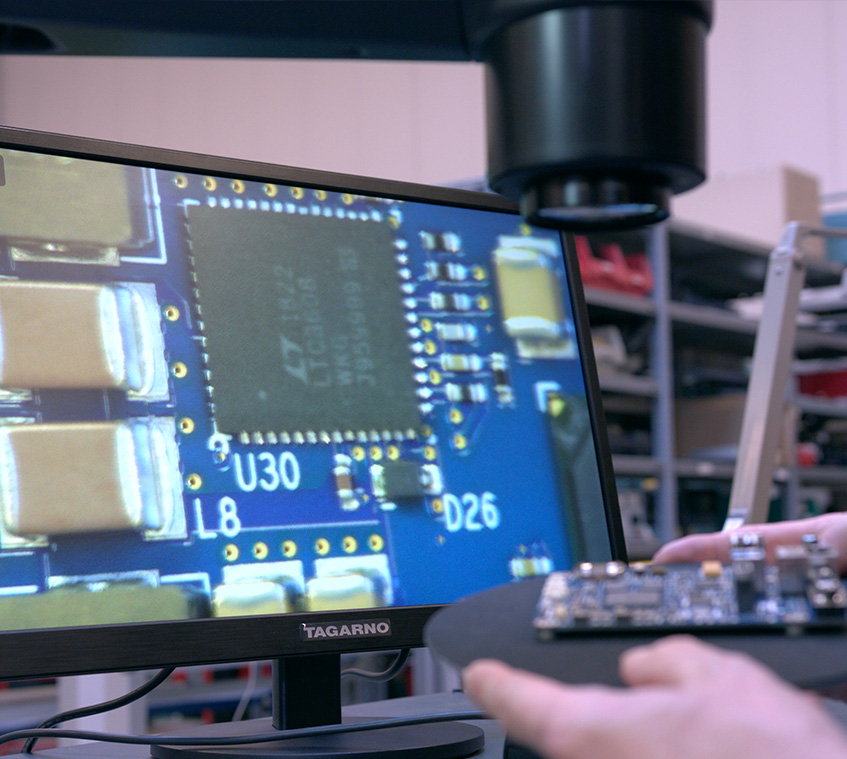Within microscopy, being able to quickly document your magnified findings and collaborate with in-house as well as remote colleagues has become more crucial than ever.
For that reason, many companies worldwide and across industries are looking at alternatives to their traditional microscopes. As part of their research, they often come into contact with two devices: the digital microscope and the digital imager.
Both have their unique applications and benefits, but choosing the right tool for your needs can make a significant difference in your work.
Let’s dive into the world of digital imaging and microscopy to help you decide whether a digital microscope or a digital imager is the right choice for you.
We’ll do that by exploring:
